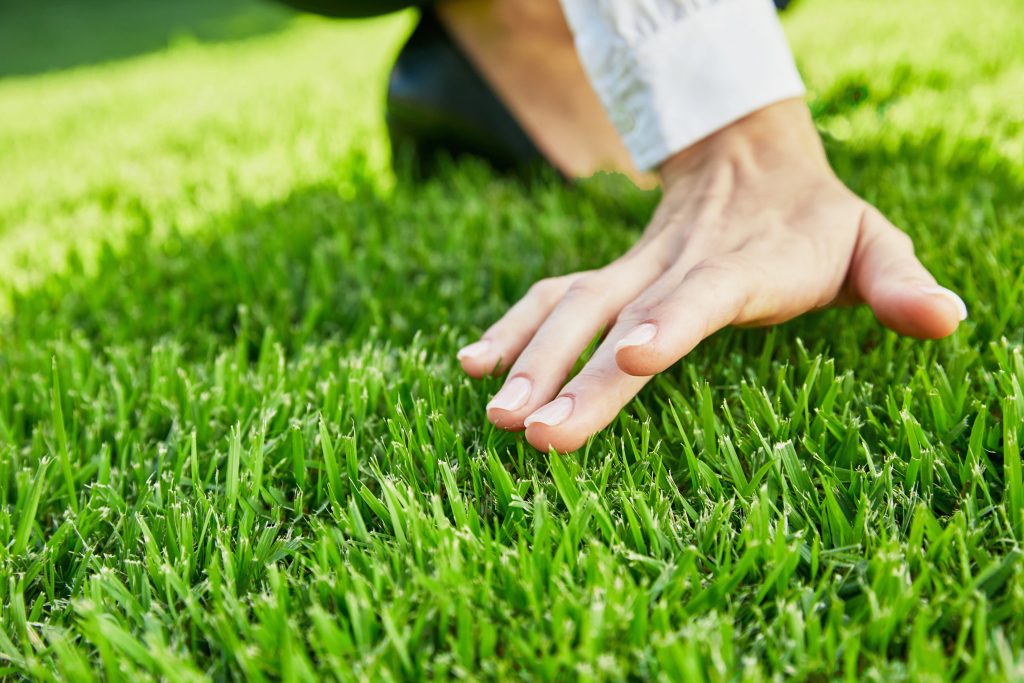Selecting the appropriate grass species is a critical first step in establishing a thriving lawn, particularly in Australia, where climatic conditions vary significantly across regions. The continent experiences a range of climates, from tropical in the north to temperate in the south, and this diversity influences which grass types will flourish. For instance, warm-season grasses such as Couch (Cynodon dactylon) and Buffalo (Stenotaphrum secundatum) are well-suited for the warmer northern regions, where temperatures can soar and rainfall is sporadic.
These grasses are drought-resistant and can withstand high foot traffic, making them ideal for recreational areas and family backyards. Conversely, in the cooler southern regions, cool-season grasses like Fescue (Festuca spp.) and Ryegrass (Lolium spp.) thrive. These species prefer the milder temperatures and can maintain their vibrant green color even during the cooler months.
Understanding the specific climate of your area is essential; for example, if you live in a coastal region with high humidity, you might consider Zoysia grass (Zoysia japonica), which is tolerant of salt and can handle the moisture levels typical of such environments. By choosing a grass species that aligns with your local climate, you set the foundation for a healthy and resilient lawn.
Preparing the Soil for Successful Grass Growth
Soil preparation is a fundamental aspect of establishing a successful lawn. The health of your soil directly impacts the growth and vitality of your grass. Before planting, it is crucial to conduct a soil test with someone from Hervey Bay turf supplies or a local turf supplier to determine its pH level and nutrient content.
Most grasses prefer a slightly acidic to neutral pH range of 6.0 to 7.0. If your soil is too acidic or alkaline, amendments such as lime or sulfur can be added to adjust the pH accordingly. Additionally, understanding nutrient deficiencies can guide you in selecting the right fertilizers to enrich your soil.
Once you have assessed the soil quality, the next step is to clear the area of any debris, weeds, or old grass. This can be achieved through manual removal or by using herbicides designed for this purpose. After clearing, it’s essential to aerate the soil, especially if it is compacted.
Aeration involves perforating the soil with holes to allow air, water, and nutrients to penetrate deeper into the root zone. Following aeration, incorporating organic matter such as compost can significantly improve soil structure and fertility. This organic material enhances moisture retention and provides essential nutrients that promote robust grass growth.
Seeding and Sowing Techniques for a Thick and Lush Lawn
The method of seeding or sowing your grass plays a pivotal role in achieving a thick and lush lawn. There are several techniques available, each with its advantages depending on the size of the area and the type of grass being planted. For smaller areas or patching existing lawns, hand seeding can be effective.
This method allows for precise placement of seeds but requires careful attention to ensure even distribution. A common recommendation is to mix seeds with sand to facilitate even spreading. For larger areas, using a broadcast spreader is often more efficient.
This tool allows for uniform seed distribution over expansive spaces, reducing the likelihood of bare patches or overcrowded areas. When sowing seeds, it’s important to follow the recommended seeding rate for your chosen grass species; over-seeding can lead to competition among seedlings, while under-seeding may result in sparse growth. After sowing, lightly raking the area can help ensure good seed-to-soil contact, which is crucial for germination.
In addition to traditional seeding methods, hydroseeding has gained popularity in recent years, particularly for large-scale projects or difficult terrains. This technique involves mixing grass seed with water, mulch, and fertilizers in a tank and spraying it onto prepared soil. Hydroseeding not only promotes quick germination but also helps retain moisture during the critical early growth stages.
Watering and Fertilizing Best Practices for Australian Grass
Watering practices are vital for maintaining a healthy lawn in Australia’s diverse climate. The frequency and amount of water required depend on several factors, including grass type, soil conditions, and weather patterns. Generally, it is recommended to water deeply but infrequently to encourage deep root growth.
Other garden maintenance tips say for most grass species, providing about 25-30 millimeters of water per week is ideal; however, during hot spells or drought conditions, this may need to be increased. Timing is also crucial when it comes to watering. Early morning is often considered the best time to water your lawn as it allows moisture to soak into the soil before evaporation occurs due to midday heat.
Watering in the evening can lead to prolonged moisture on grass blades, increasing the risk of fungal diseases. Additionally, using a rain gauge can help monitor rainfall and adjust watering schedules accordingly. Fertilization complements watering by providing essential nutrients that support grass health and growth.
In Australia, it’s advisable to use slow-release fertilizers that gradually supply nutrients over time rather than quick-release options that can lead to nutrient leaching and potential environmental harm. A balanced fertilizer with equal parts nitrogen (N), phosphorus (P), and potassium (K) is often recommended during the growing season. Applying fertilizer during spring encourages vigorous growth as temperatures rise; however, care should be taken not to over-fertilize as this can lead to excessive growth that requires more frequent mowing.
Maintaining and Mowing Your Grass for a Healthy Lawn
Regular maintenance is key to achieving a lush and healthy lawn that enhances your outdoor space. Mowing is one of the most significant aspects of lawn care; it not only keeps your grass at an aesthetically pleasing height but also promotes denser growth by encouraging lateral shoots. The ideal mowing height varies by grass type; for instance, Couch grass should be mowed at about 25-30 millimeters, while Buffalo grass thrives when kept slightly taller at around 40-50 millimeters.
It’s essential to keep mower blades sharp to ensure clean cuts that minimize stress on the grass plants. Dull blades can tear rather than cut grass blades, leading to an increased risk of disease and pest infestations. Additionally, varying your mowing pattern each time you mow can prevent soil compaction and promote upright growth.
Beyond mowing, regular maintenance tasks such as dethatching and aerating are crucial for lawn health. Thatch is a layer of dead grass and organic matter that can accumulate on the soil surface; if it becomes too thick (more than 1 inch), it can impede water and nutrient absorption. Dethatching can be accomplished using specialized rakes or dethatching machines that remove this layer without damaging healthy grass roots.
Aeration should be performed at least once a year to relieve soil compaction and improve root development.
Dealing with Common Pests and Diseases in Australian Grass
Common Pests in Australian Lawns
In Australia, common pests include grubs (larvae of beetles), armyworms, and various types of caterpillars that feed on grass blades. Identifying these pests early is crucial; signs may include irregular patches of brown grass or visible insects on blades.
Integrated Pest Management Strategies
Integrated Pest Management (IPM) strategies are often recommended for controlling these pests effectively while minimizing chemical use. For instance, beneficial insects such as ladybugs and predatory wasps can help control pest populations naturally. Additionally, maintaining healthy soil through proper watering and fertilization practices strengthens grass resilience against pest infestations.
Preventing and Managing Lawn Diseases
Diseases such as fungal infections are also prevalent in Australian lawns due to varying humidity levels and temperatures. Common fungal diseases include brown patch and dollar spot, which manifest as discolored patches on grass surfaces. Preventative measures include ensuring proper air circulation through adequate mowing practices and avoiding excessive watering that leaves grass blades wet overnight. In cases where disease does occur, fungicides may be necessary; however, applying them should be done judiciously and according to label instructions to avoid harming beneficial microorganisms in the soil.
Keep an eye for more latest news & updates on Greek Buzz!



















